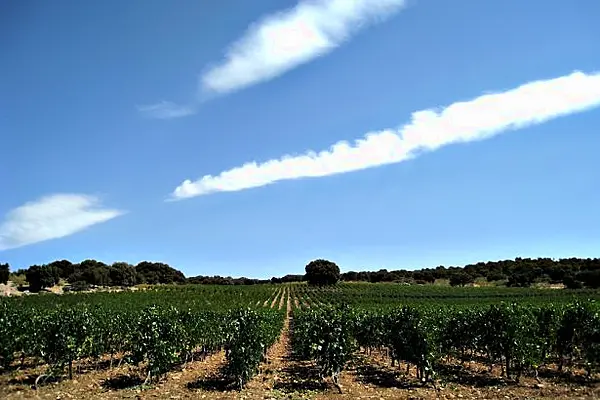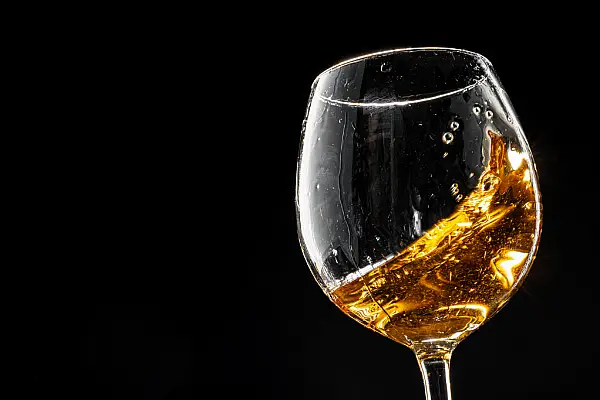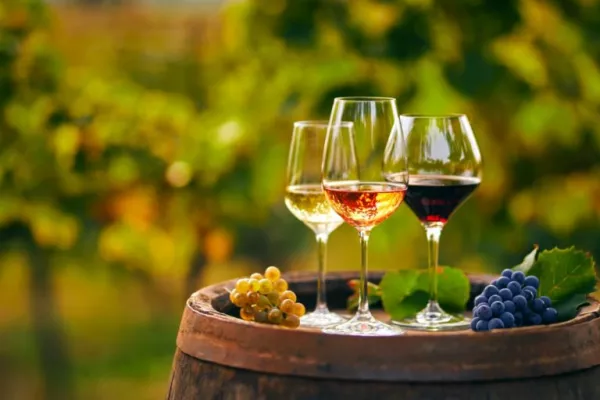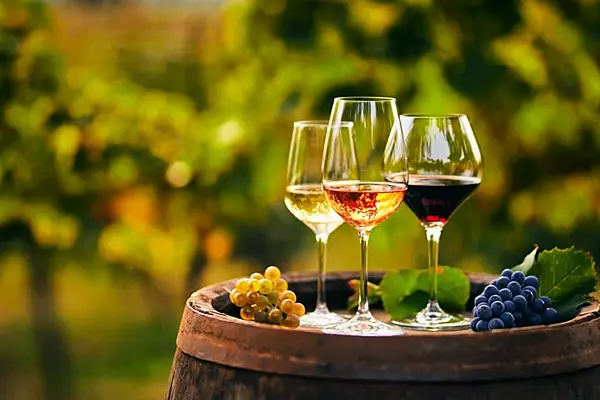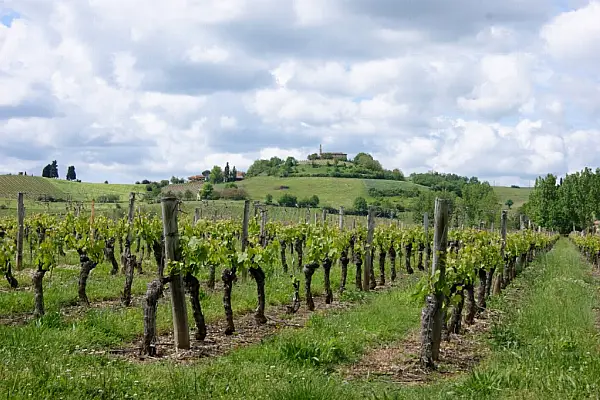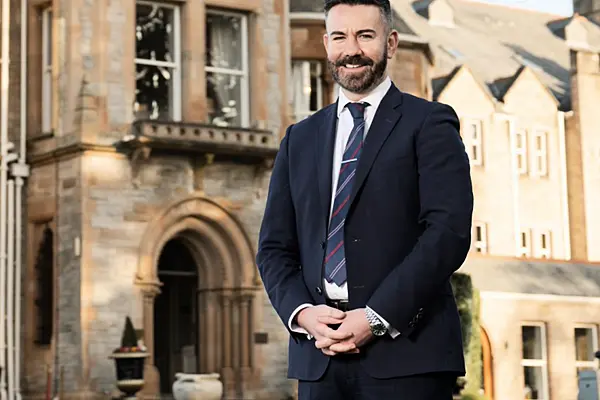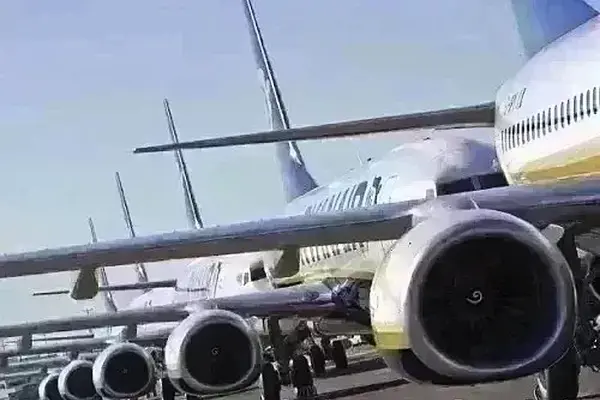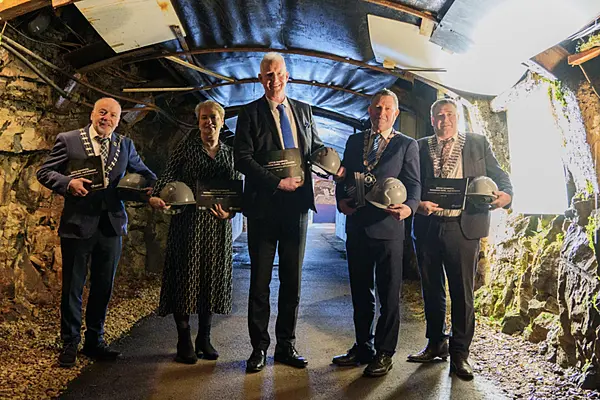Next week, the movers and shakers of the global wine world will swoop down on Bordeaux for the region’s annual spring ritual of en primeur.
Everyone is eager for a first taste of the 2015 vintage, still aging in barrel. After four years of average to fairly good vintages, the hype for this one is building.
Early whispers suggest that the wines have an elusive “wow” factor and that 2015 is the best vintage since the legendary 2009 and 2010.
Quality was so good at Chateau Cheval Blanc that for the first time since 1988 there aren’t enough barrels of lesser wine to make the second, cheaper bottling, Le Petit Cheval.
Like me, other journalists and merchants will hit the road in a few days, roaming from the Médoc to Graves to Saint-Émilion sipping and spitting barrel samples to decide how good they are, which ones might be worth buying as futures, and which will qualify as bargains. Many châteaux will put out the welcome mat for 1,000 to 1,500 tasters.
I have a sneak preview for you.
Five Top Wines
Last week in Bordeaux, I got a quick peek of the wines at five top châteaux, including first growth Château Latour, Château Palmer, and Château Pichon Longueville Baron. I was very impressed. The wines were positively velvety and had plenty of power, precision, and freshness. Even wines from such small, less-prestigious estates as Château Ducluzeau, owned by Bruno Borie of second growth Château Ducru-Beaucaillou, were delicious.
After I sample hundreds of wines next week, I’ll have a more complete picture and will report on my findings in detail. Already, I can safely say that 2015 is a vintage to be excited about.
Château owners are quietly enthusiastic about it, but they are not quite yet banging the gong. (Maybe they've finally discovered that calling every year “the vintage of the century” wears pretty thin.) Several I spoke with invoked the Rule of Five, which declares that vintages ending in five are destined for greatness. They offer as proof 2005, 1995, 1985, 1975, 1945, but they conveniently leave out 1965, which was truly awful.
Sadly, one key Bordelais won’t be commenting next week. Paul Pontallier, the director of first growth Chateau Margaux, died on March 28. When I saw him every year during the en primeur tastings, he was always impeccably dressed in a tweed jacket and pink tie. As he described the weather in top vintages, he would bounce up and down on his tiptoes to signal his enthusiasm.
Great Weather
2015 was blessed. The vines thrived amid a warm spring followed by a very dry and hot June and July, and they were saved by August rain and the return of sunny days and cool nights in late September. But according to Bordeaux merchant Bill Blatch: “For some properties, there was a great ending, while for others just a very good one.”
As they taste next week, merchants, as always, will be pondering not just quality, but other pivotal factors—possible prices, the exchange rate, and demand, all of which have a profound effect on the en primeur campaign.
How the Futures Work
Here’s how en primeur functions: The châteaux sell a big or small portion of their wines while they are still in barrel as futures to negociants, who in turn sell them to merchants, who sell them to customers. The bottled wines won’t be delivered for two years, so the 2015s won’t arrive in stores until 2018. The tastings next week will give merchants a chance to decide which wines they think they can recommend to their customers.
The châteaux decide on an initial release price to negociants, who add a margin of profit before passing them on to the merchants and you.
So far, neither negociants nor merchants are anticipating the kind of futures fever there was for the much-hyped 2009 vintage, when a rush of incoming orders for Château du Tertre crashed the computer system at London merchant Berry Brothers & Rudd for 10 minutes. The company sold 700 cases in an hour and 3500 cases of Château Batailley sold out in four days.
Different Times
Back then, China’s buyers were red-hot. Now they’re not.
As London international vintners exchange Liv-Ex points out in its just-issued Bordeaux 2015: A price guide for Liv-ex members, after years of negative returns and vanishing margins, consumers, collectors, and the international trade have become skeptical of the advantages of buying Bordeaux futures.
The reason for wine lovers to buy futures used to be to get in-demand wines at the lowest possible price.
But for the 2011s, 2012s, 2013s, and 2014s, the tastings were mostly ho-hum events that generated zero excitement. High prices left stacks of 2011s piling up in negociants’ cellars. About 90 percent of the 2013s, now in bottle and just hitting retail shelves, cost either the same or less than they did as futures. No profits there. The 2014s, just about to be bottled, taste great—but you wouldn’t know it from sales so far.
Pomerols from 2012 did sell well, according to Giles Cooper of BI, the merchant formerly known as Bordeaux Index. The company built its reputation on selling Bordeaux but has diversified significantly to Champagne, Spain (booming), and Italy.
Pound Problems
This year, a lot of uncertainties loom in the U.K., which is traditionally a reliable bastion of Bordeaux-buying. Even if châteaux don’t increase their prices by much, the stronger euro price against pound sterling will surely make futures prices less attractive and make the vintage a high risk for London merchants. The overhanging threat of the “Brexit” referendum on June 23 may push the pound even lower.
Simon Staples of London’s Berry Bros & Rudd e-mailed that “there’s little to suggest that there is going to be a boom in the market to make the 2015s fly.” He’s going to be looking for wines he thinks will be bargains. Me, too.
On the other hand, the U.S. dollar is strong. Will that encourage Americans, who have lately fallen out of love with Bordeaux, to buy? Chris Adams, chief executive officer of New York merchant Sherry-Lehmann, reported interest from customers but said that “the price/quality ratio rules.” Sure, Americans will buy, but only if the quality is high and the price is perceived to be low. Clyde Beffa, owner of K & L Wine Merchants in the Bay Area, has also seen interest in 2015s. “It could be big,” he e-mailed, “if prices are correct.”
Last week, at the Bordeaux cellars of negociant Millesima, about 50 Bordeaux winemakers were present for a massive tasting of the 2014s. Company founder Patrick Bernard cautioned that they’d better be very careful about pricing the 2015s. “If not,” he said, “Bordeaux is dead.”
I hope not. The 2015s I’ve tasted so far seem worth buying.
News by Bloomberg, edited by Hospitality Ireland
